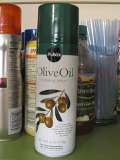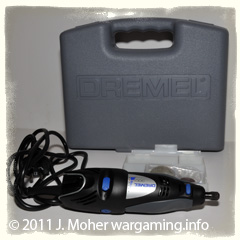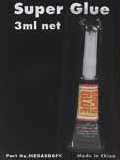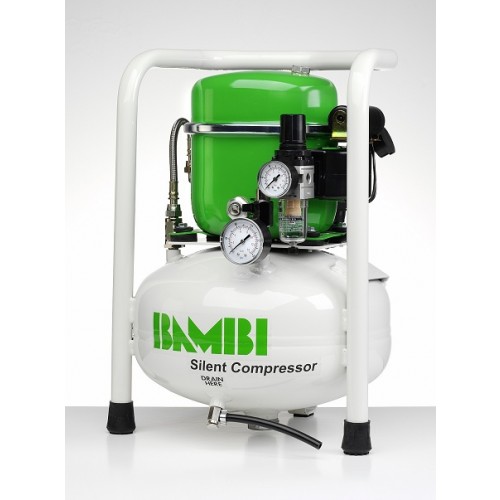Air Supplies in the UK are running a competition for model makers on their site. In a nutshell they’re asking you to show them your favourite model from your collection. Trains, Warhammer, Wargaming, Airfix, Table Top Gaming, etc – it doesn’t matter what the model is it just has to be one that you’ve painted, built or even designed yourself. They want to see the one you’re most proud of to be in with a chance of winning a Bambi BB8 Compressor they are giving away as the 1st Prize.
Category: Tools
Custom Moulding: Replicate Your Scratchbuilds!
A friend just pointed out the following Model Distributor who offers a nice service casting custom models for people who supply an original master. They say “Send us your scratchbuilt master model and we will make an RTV (Room Temperature Vulcanizing) rubber mold of your model. We can then make approximately 75-100 copies of the master before the mold begins to deteriorate.” With a cost of as little as US$8 for each subsequent resin casting of the mould this could well be a fine option for those people wanting to churn out several dozen copies of an original figure or model – although the initial mould creation does cost around US$175. Check it out at the Fidelis Models Website…
When You’ve Stuffed Up Varnishing That Model!
 Try out the suggestion from the “Nice Manners For A Thief” blog’s “How to save your dipped models from the dreaded Dullcote Frost“. Frosting (or that whitish build-up on model s0 is usually caused by a combination of poorly mixed and/or old varnish and temperature – varnish is quite fussy about the latter and if it’s too cold to too hot when you spray or brush on the varnish in will ‘frost up’… HSHP’s article specifically deals with the issue occurring when using the dipping technique, but the general rule applies for all varnish jobs gone bad… Well with keeping this little tip in the memory banks.
Try out the suggestion from the “Nice Manners For A Thief” blog’s “How to save your dipped models from the dreaded Dullcote Frost“. Frosting (or that whitish build-up on model s0 is usually caused by a combination of poorly mixed and/or old varnish and temperature – varnish is quite fussy about the latter and if it’s too cold to too hot when you spray or brush on the varnish in will ‘frost up’… HSHP’s article specifically deals with the issue occurring when using the dipping technique, but the general rule applies for all varnish jobs gone bad… Well with keeping this little tip in the memory banks.
I get myself a Dremel

Some recent discussion on the Auckland Wargaming Club group about dips and washes referenced the Tabletop Terrain blog (another New Zealand wargaming website), and while I’d past by occasionally, I hadn’t had a particularly thorough look around – when I did I came across an interesting reference to Dremel Tools being available locally here in Auckland, NZ, for a reasonable price. Previously I was unaware of them being available for reasonable money – I have seen them occassionally in the Hardware chain stores, but up to NZ$300-NZ$400 for a basic tool with no attacehmnts! So if you really wanted one it paid to import them from the US or Australia but still worked out fairly costly. Anyway needless to say I visited the Test ‘N’ Tools Website (they are located here in Auckland), and found them available (as Stu at Tabletop Terrain had said) for much more sensible prices, so I promptly ordered the Dremel 300 pack (essentially a starter pack with the Dremel Tool in a case and a small selection of attachments).
Getting the most from your Cyanoacrylate
 If you are like me then Super Glue is one of those things that’s a bit of a two edged sword – you need it but it’s messy to use and never seems to last! Sometime ago I came across the tip to always store your open super glue tube (or bottle) in the fridge, as the cold helps to preserve the glue and stop the methyl/ethyl/propyl alpha-cyanoacrylate from aging or whatever.
If you are like me then Super Glue is one of those things that’s a bit of a two edged sword – you need it but it’s messy to use and never seems to last! Sometime ago I came across the tip to always store your open super glue tube (or bottle) in the fridge, as the cold helps to preserve the glue and stop the methyl/ethyl/propyl alpha-cyanoacrylate from aging or whatever.
However just recently a consumer affairs show on New Zealand Television had a couple of further tips about super glue.

